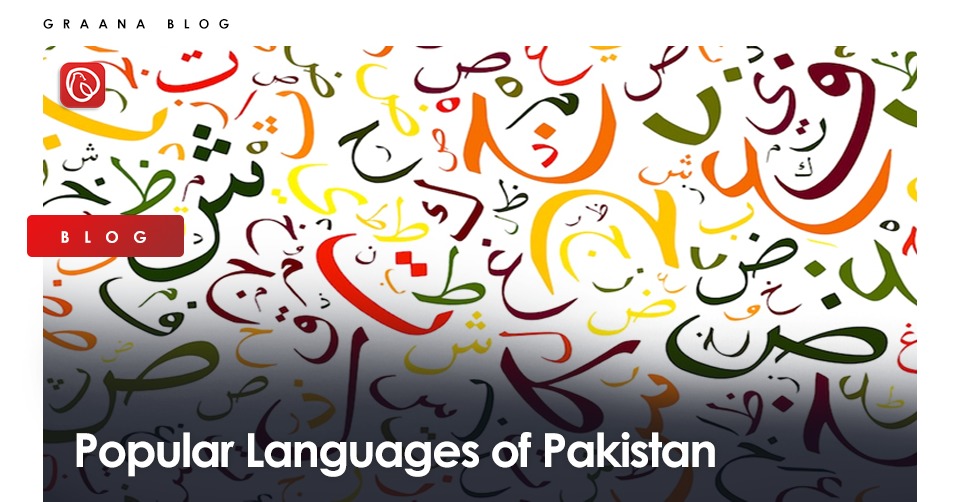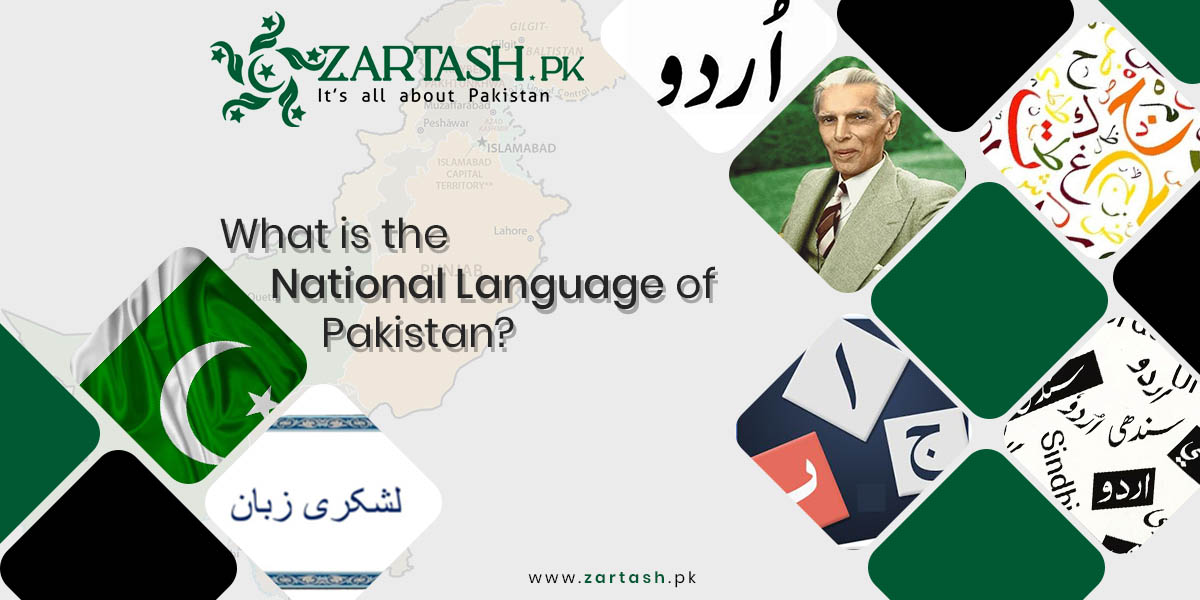National language of pakistan nyt – Urdu, the national language of Pakistan, holds a prominent place in the country’s history, culture, and society. Its origins and evolution have shaped Pakistani identity, and its significance extends to literature, media, and the digital sphere.
Urdu’s richness and diversity are evident in its literary contributions, with renowned writers and poets leaving an indelible mark on Pakistani culture. Its role in media, including newspapers, television, and radio, has further cemented its importance in Pakistani society.
Introduction to Urdu as the National Language of Pakistan
Urdu is the national language of Pakistan, spoken by over 70% of the population. It holds a significant historical and cultural significance in the country, serving as a unifying factor among its diverse linguistic and ethnic groups.
Urdu originated in the 12th century as a combination of Persian, Arabic, and local languages spoken in northern India. It evolved as a literary and court language during the Mughal Empire, and later became the lingua franca of the Indian subcontinent during British rule.
Role of Urdu in Pakistani Society
Urdu plays a vital role in Pakistani society, serving as:
- The official language of the government, education, and media
- A medium of instruction in schools and universities
- A language of literature, poetry, and music
- A symbol of national identity and unity
Urdu’s widespread use and its rich cultural heritage have made it an integral part of Pakistani society, fostering a sense of shared history and belonging among its diverse population.
The Importance of Urdu in Pakistani Literature and Media
Urdu literature is renowned for its richness and diversity, encompassing poetry, prose, and drama. Urdu poets and writers have made significant contributions to Pakistani culture, leaving an enduring legacy. Prominent figures such as Mirza Ghalib, Muhammad Iqbal, and Faiz Ahmed Faiz have shaped the literary landscape, captivating audiences with their profound insights and evocative language.
Urdu also plays a pivotal role in Pakistani media, serving as the primary language for newspapers, television, and radio. It is the medium through which news, entertainment, and cultural content reach a vast majority of the population. The use of Urdu in media has fostered a sense of national unity and cultural identity, connecting people across diverse regions and backgrounds.
Urdu Poetry
Urdu poetry is a celebrated art form in Pakistan, with a rich tradition dating back centuries. Poets have explored themes of love, loss, spirituality, and social commentary, using intricate imagery and evocative language. Notable poets include Mirza Ghalib, whose ghazals are renowned for their depth and wit, and Muhammad Iqbal, whose philosophical poetry has inspired generations of Pakistanis.
Urdu Prose
Urdu prose encompasses a wide range of genres, including novels, short stories, and essays. Writers have delved into themes of social realism, historical fiction, and cultural identity. Prominent prose writers include Saadat Hasan Manto, whose short stories explored the complexities of human nature, and Intizar Husain, whose novels delved into the psychological and cultural landscapes of Pakistan.
Urdu Drama
Urdu drama has a vibrant tradition in Pakistan, with plays being performed in theaters, on television, and in radio broadcasts. Dramatists have tackled social issues, historical events, and personal relationships, using Urdu as a medium to convey powerful messages and emotions.
Notable playwrights include Agha Hashar Kashmiri, whose historical dramas are still widely performed, and Anwar Maqsood, whose satirical comedies have become cultural touchstones.
The Challenges of Promoting Urdu in the Digital Age

The digital age has brought about a paradigm shift in the way languages are used and consumed. Urdu, as the national language of Pakistan, has faced challenges in keeping pace with the dominance of English online. This has led to concerns about the preservation and promotion of Urdu in the digital sphere.
One of the primary challenges faced by Urdu is the lack of standardized orthography. Unlike English, which has a well-defined set of spelling rules, Urdu has multiple ways of writing the same words. This inconsistency can make it difficult for users to find Urdu content online, as search engines often rely on exact matches.
Initiatives for Promoting Urdu in the Digital Age
Despite these challenges, there have been several initiatives and strategies aimed at promoting Urdu in the digital sphere. One such initiative is the National Language Promotion Department (NLPD) of Pakistan, which has been working to develop and implement policies to increase the use of Urdu in digital media.
Another notable initiative is the establishment of the Urdu Language Authority (ULA), which is responsible for developing and implementing language policies, including those related to the digital sphere. The ULA has been working to create a standardized Urdu orthography and promote the use of Urdu in online content.
Successful Campaigns and Projects
Several successful campaigns and projects have been launched to increase the visibility and usage of Urdu online. One such campaign is the “Urdu Mein Likho” (Write in Urdu) campaign, which encourages users to create and share content in Urdu on social media platforms.
Another successful project is the development of Urdu keyboards and software, which make it easier for users to type and input Urdu text. These tools have played a significant role in increasing the use of Urdu in digital communication.
The Future of Urdu in Pakistan

Urdu has a rich history and cultural significance in Pakistan, serving as a symbol of national identity and unity. However, its status as the national language faces potential threats and challenges in the digital age. This section examines the future of Urdu in Pakistan, identifying potential threats, discussing the importance of its preservation, and proposing recommendations for ensuring its continued vitality.
Potential Threats to Urdu’s Status
- Globalization and English dominance:The increasing globalization of the world and the dominance of English as an international language pose a threat to Urdu’s status. English is widely used in education, business, and media, potentially marginalizing Urdu.
- Regional languages and linguistic diversity:Pakistan is a linguistically diverse country with numerous regional languages. The promotion of regional languages and the influence of local cultures can potentially weaken the dominance of Urdu as the national language.
- Digital divide and technological challenges:The digital age presents both opportunities and challenges for Urdu. While technology can facilitate the dissemination of Urdu content, the digital divide and the lack of Urdu-friendly digital tools can hinder its widespread adoption.
Importance of Preserving and Promoting Urdu
Preserving and promoting Urdu is crucial for several reasons:
- National identity and unity:Urdu serves as a symbol of national identity and unity, connecting people from diverse linguistic and cultural backgrounds.
- Cultural heritage and literary tradition:Urdu has a rich literary tradition, including renowned poets, writers, and philosophers. Preserving Urdu ensures the continuity of this cultural heritage.
li> Education and literacy:Urdu is the medium of instruction in many educational institutions and plays a vital role in promoting literacy and intellectual development.
Recommendations for Ensuring the Continued Vitality of Urdu, National language of pakistan nyt
To ensure the continued vitality of Urdu in Pakistani society, several recommendations can be considered:
- Promote Urdu in education:Encourage the use of Urdu as a medium of instruction in schools and universities, ensuring that students have the opportunity to learn and appreciate the language.
- Support Urdu in media and entertainment:Increase the production and dissemination of Urdu content in media outlets, including television, radio, and print. Encourage the use of Urdu in films, music, and other forms of entertainment.
- Develop Urdu-friendly digital tools:Invest in the development of digital tools that support Urdu, such as search engines, translation software, and social media platforms.
- Encourage research and documentation:Support research and documentation efforts to preserve and promote Urdu language and literature. This includes digitizing Urdu texts, establishing archives, and funding research projects.
By implementing these recommendations, Pakistan can ensure the continued vitality of Urdu as the national language, preserving its cultural heritage and promoting its use in the digital age.
Final Thoughts: National Language Of Pakistan Nyt
While Urdu faces challenges in the digital age, initiatives and strategies are underway to promote its usage online. Its preservation and promotion are crucial for future generations, ensuring the continued vitality of Urdu as a symbol of Pakistani identity and heritage.
Question & Answer Hub
What is the significance of Urdu as Pakistan’s national language?
Urdu serves as a unifying factor, fostering a sense of national identity and cultural cohesion.
How has Urdu influenced Pakistani literature?
Urdu literature boasts a rich tradition of poetry, prose, and drama, showcasing the creativity and linguistic prowess of Pakistani writers.
What are the challenges faced by Urdu in the digital age?
The dominance of English online poses challenges to the promotion and usage of Urdu in the digital sphere.